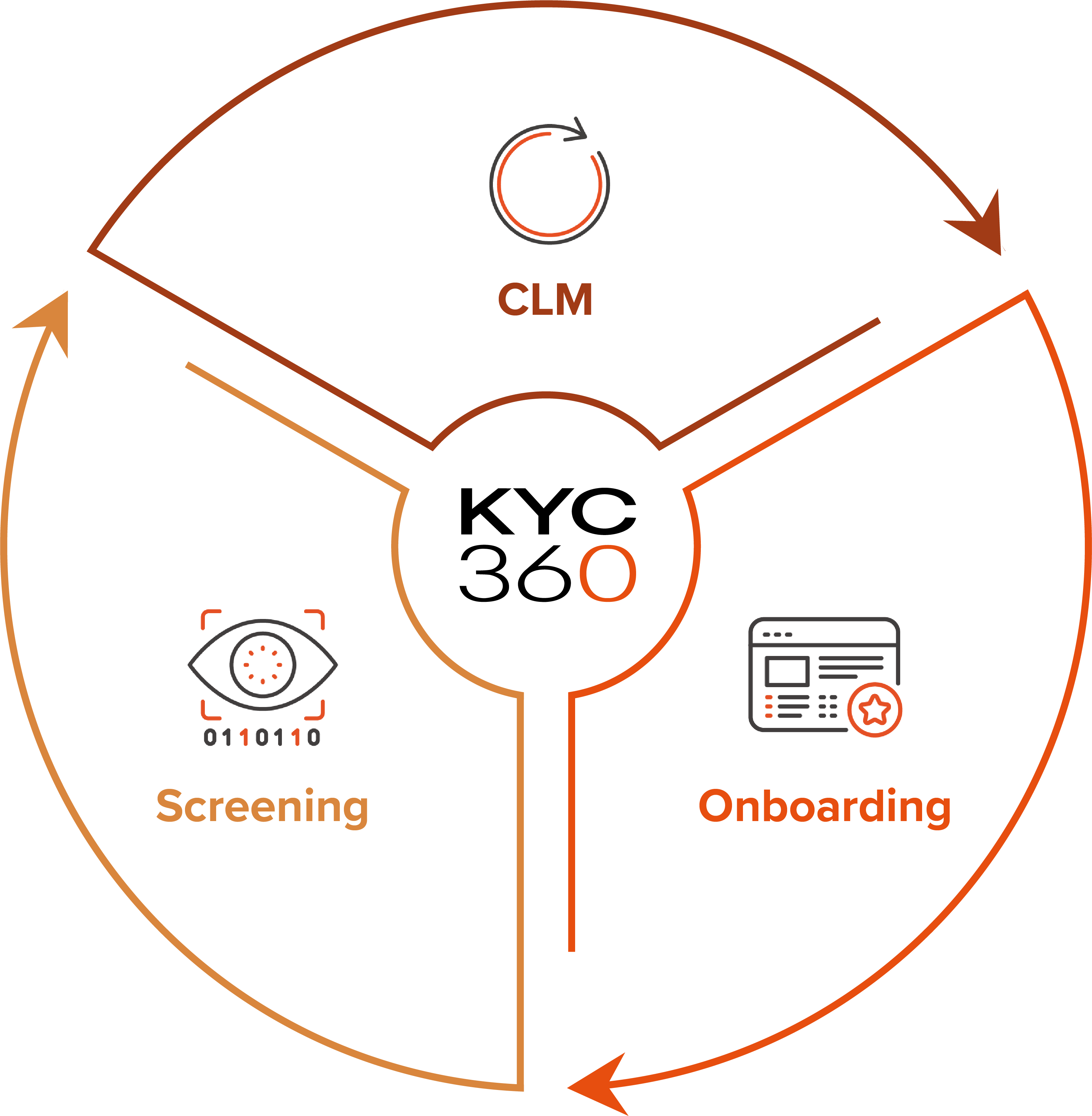What is Adverse Media Monitoring?
Adverse Media (AVM) Monitoring, or negative news screening, involves scanning various databases and a wide variety of sources to uncover potential reputational and financial risks associated with individuals or entities. This can uncover risks related to criminal activities such as money laundering, fraud and terrorist financing or other legal issues that might not appear in traditional compliance checks.
Why is Adverse Media Monitoring Important for AML Compliance?
Adverse Media Monitoring is crucial for a risk-based approach to compliance. Wolfsberg Group's guidelines on negative news screening organisations highlight the importance of this monitoring to comply with AML regulations by identifying reputational risks before they escalate. The Financial Action Task Force (FATF) also mentions conducting “adverse media searches” as part of enhanced due diligence measures.
Financial institutions must go beyond basic regulatory compliance and proactively monitor for risks that could harm their reputation or lead to enforcement action from regulatory bodies. The ability to screen clients against live unstructured media sources such as Google and Bing adds an additional layer of risk protection by surfacing early warning signs.
.png?width=304&height=320&name=MicrosoftTeams-image%20(16).png) What is Structured Adverse Media Monitoring?
What is Structured Adverse Media Monitoring?
Structured AVM refers to verified and categorised adverse media findings from trusted data sources like Dow Jones, World-Check and Lexis Nexis, focusing on significant outcomes like arrests, charges, or convictions. However, structured AVM may not pick up on information relating to ongoing trials, issues not officially confirmed by legal proceedings or activity which may not be criminal but would be considered damaging. With managing reputational risk being more important than ever, firms are opting to deploy both structured and unstructured adverse media monitoring to provide full and comprehensive checks on all prospects and/or customers.
What is Live Adverse Media Monitoring?
Live AVM, or Unstructured AVM data, as it is also known, comes from broader internet searches using specific keywords on sources like Google and Bing. This type of screening allows for real-time monitoring, revealing reputational risks or ongoing trials that may not appear in structured sources. The nature of search engines means that a manual approach can lead to a high volume of false positives and all variations of a keyword must be included. This type of approach can be resource-intensive and management of output can be very difficult to maintain.
However, it can be streamlined with automated solutions. The KYC360 Live AVM module allows you to customise criteria, such as search terms, frequency of screening, and risk levels, to align with your organisations risk appetite. This flexibility allows your organisation to screen high-risk clients more rigorously and frequently if needed and medium or low-risk clients can be reviewed less often. When considering a live AVM vendor, it is vital that it can conduct continuous monitoring while minimising false positives keeping in line with your organisations risk appetite.
Typical Use Case
Consider a financial institution conducting additional monitoring on its top 10% high-risk customers. While structured AVM searches may show no official convictions, Live AVM can reveal a customer undergoing trial for fraud and surface media reports that may not be in traditional databases. With configurable search criteria, the institution can focus on specific keywords, countries, or time frames, ensuring that it captures relevant and timely information. Every potential match is stored securely alongside other screening records and a variety of reports and dashboards can be pulled out for analysis.
This multi-layered approach enables the company to stay ahead of risks while managing operational impacts, as the search results are limited to the most relevant findings based on the set criteria.
Knowledge is Power
- Learn more about KYC360’s recognition as a category leader for Adverse Media solutions
- See the guidance on negative news screening by the Wolfsberg Group
- Download The Definitive Guide to Customer Screening
Best Practices for Live Adverse Media Monitoring
- In accordance with your risk appetite, you may wish to prioritise the screening of high-risk customers
- Define your specific criteria for screening and set parameters on the frequency of screening and look-back timeframes based on your risk appetite
- Include steps for human-led investigation into matches and ensure that the operational impact of conducting these investigations has been considered
- Ensure that all findings and decisions are documented securely, including evidencing outcomes with document uploads
- Update criteria regularly in line with evolving risks and ensure continuous monitoring of findings
KYC360 allows you to streamline your approach to adverse media monitoring, generating operational efficiencies while enhancing compliance measures. Learn more about our Adverse Media Monitoring solutions or contact us today to discuss how it can fit your specific needs.
The KYC360 platform is an end-to-end solution offering slicker business processes with a streamlined, automated approach to Know Your Customer (KYC) compliance. This enables our customers to outperform commercially through operational efficiency gains whilst delivering improved customer experience and KYC data quality.


